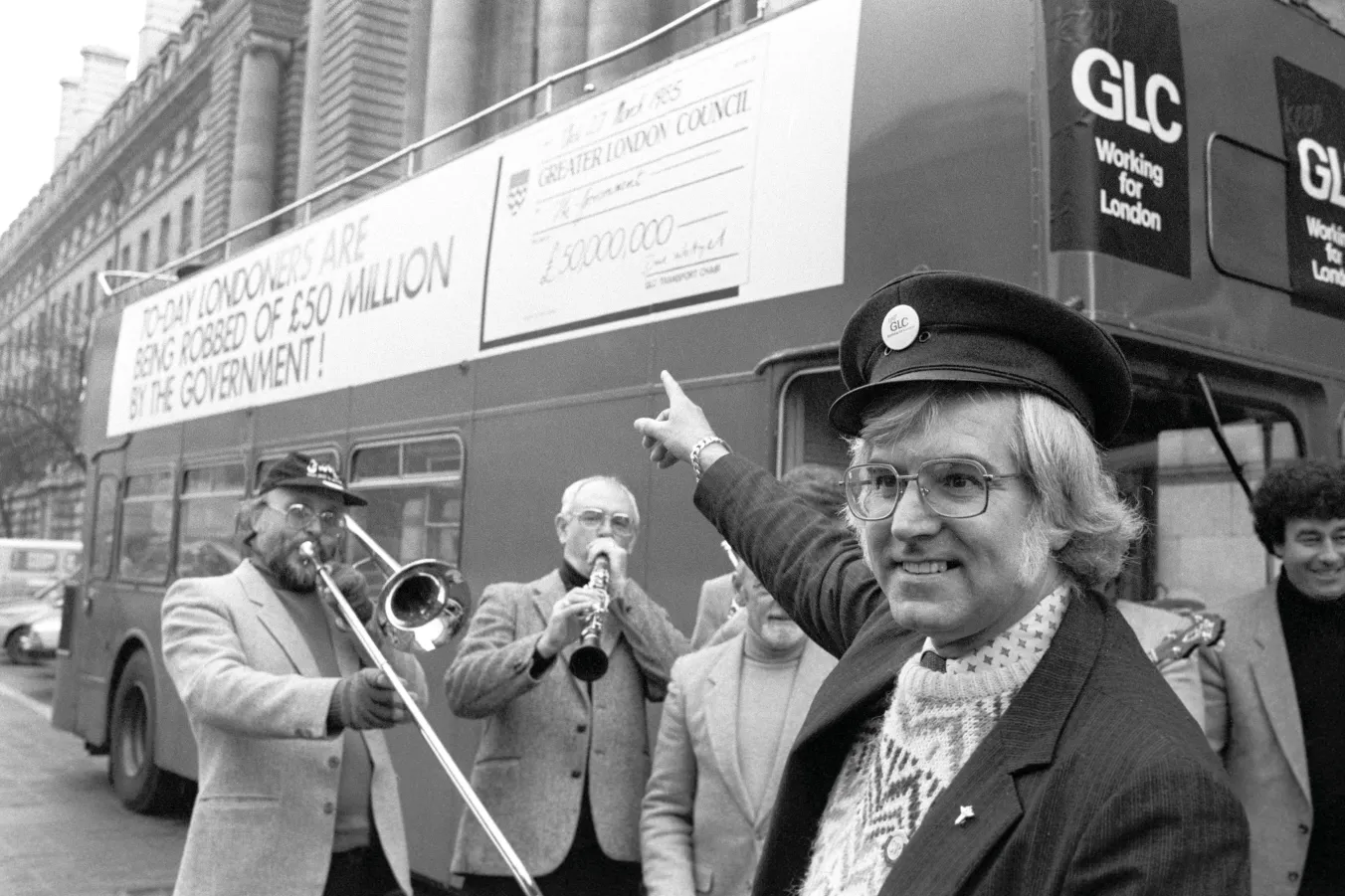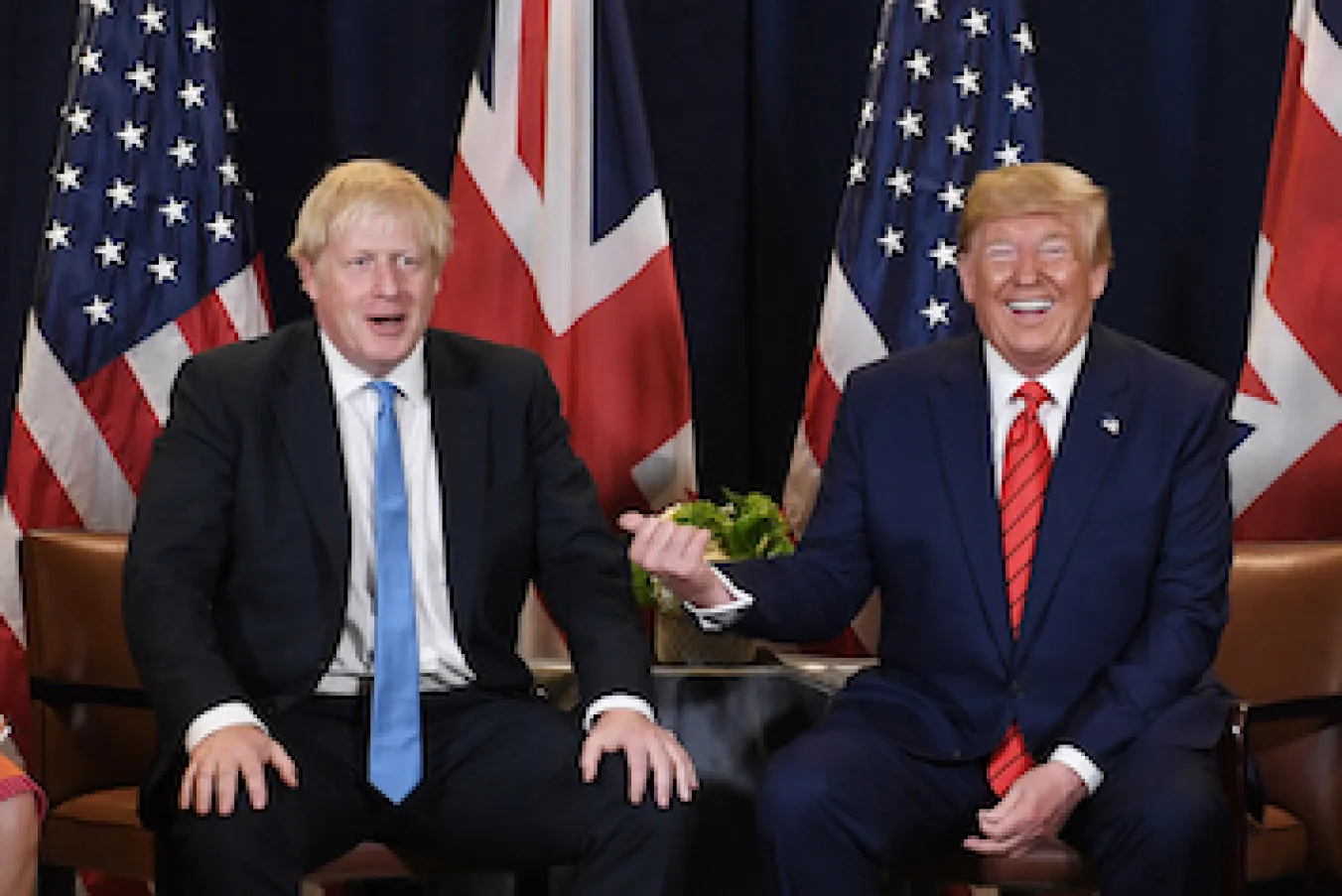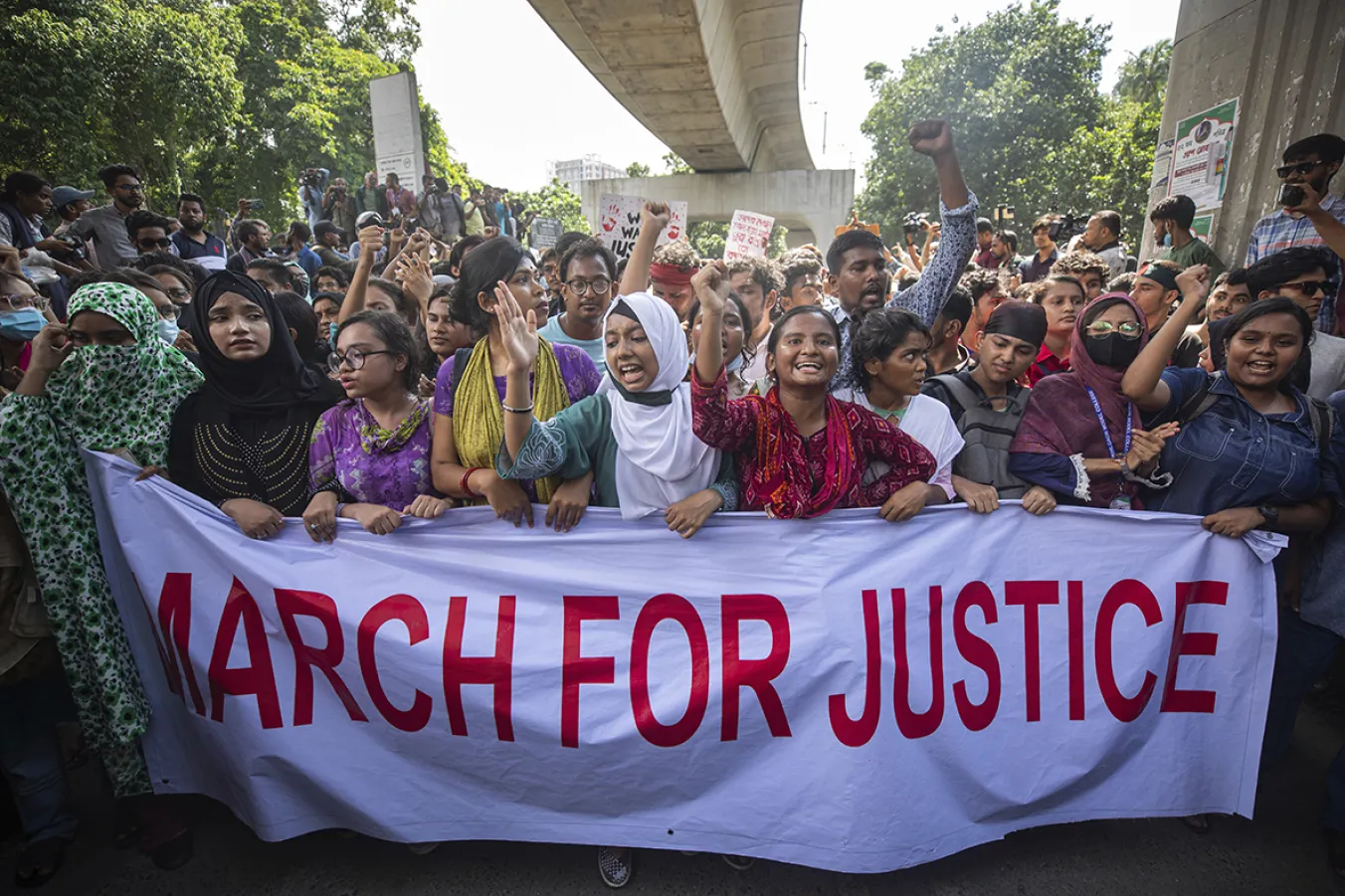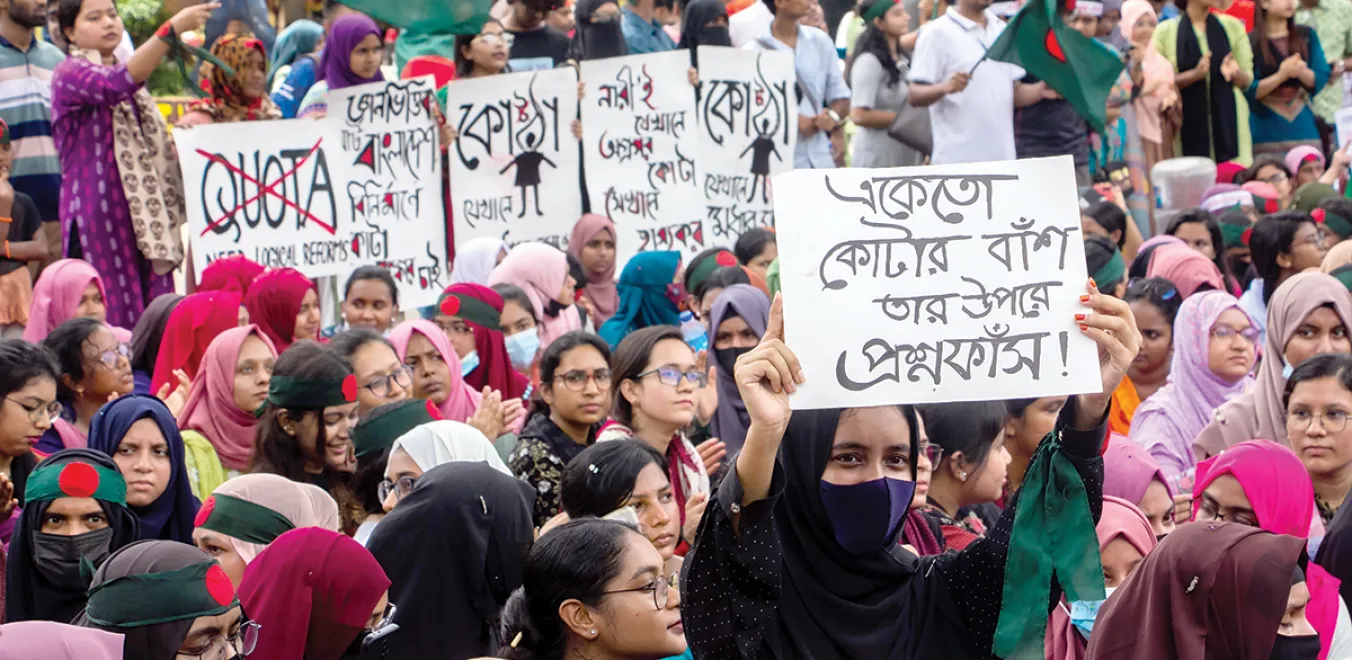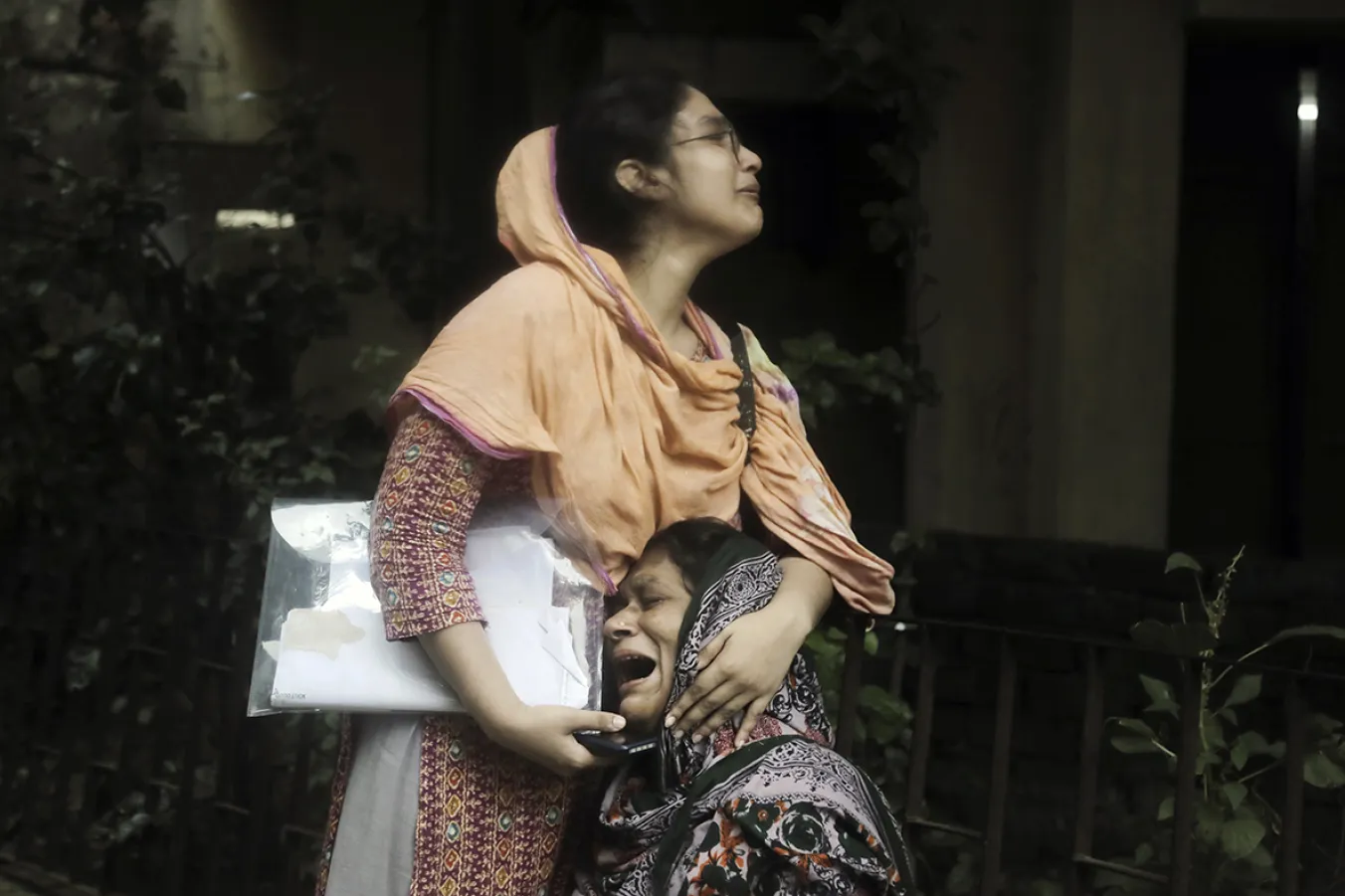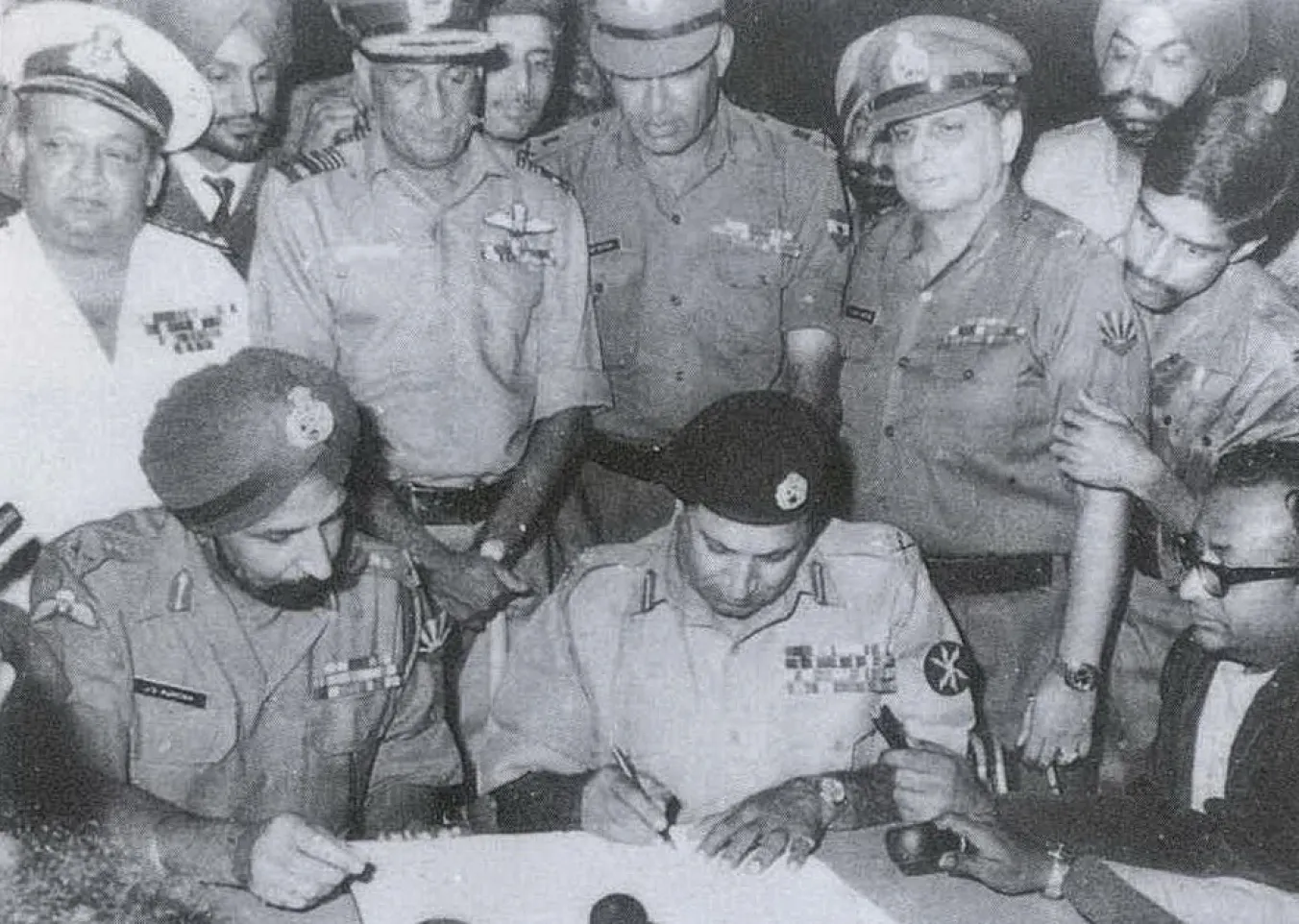
BANGLADESH and its diaspora around the world have so far in 2021 not been able to celebrate the formation in extremely difficult circumstances of the independent state of Bangladesh — land of the Bengalis — 50 years ago because of the Covid-19 pandemic. So they are sure to make the most of the December 16 official celebrations.
East Bengal was incorporated into Pakistan in 1947 on the basis of a shared majority religion and Urdu was imposed as the state language of Pakistan, even though the vast majority in East Bengal spoke Bangla. Almost straight away a struggle for the liberation of Bangladesh began, which went on for 24 years.
This liberation struggle came to focus on the mother tongue of Bangla, as the language movement came to the forefront of the campaign for independence.
